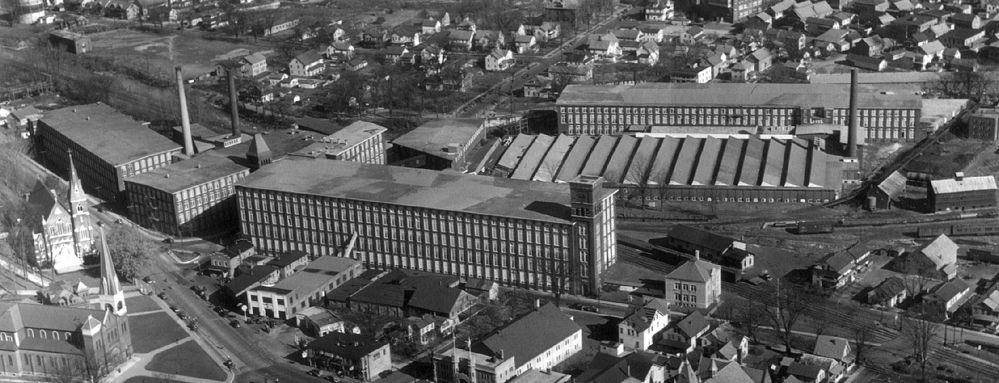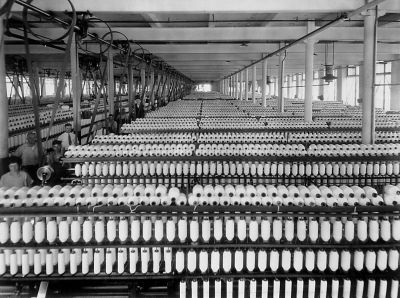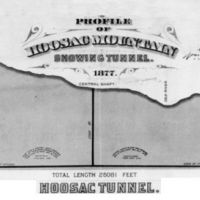Primary Source
High costs and a changing mode of living were the two major factors in sealing the doom of the Adams operation, [Berkshire Hathaway President Seabury] Stanton said. He explained that there has been a marked shrinkage in the use of the type of goods made at the Adams mill, which he described as always having been "a high cost mill."
"The demand for the goods made at Adams has slumped substantially," he said, "because those goods do not lend themselves to the wash-and-wear finishes wanted by our housewives. They simply will not buy fabrics that they cannot throw into their automatic washing machines. The trend is away from the sheer goods made at Adams, and there never will be a return to the old demand'"
North Adams Transcript, May 7, 1958.







